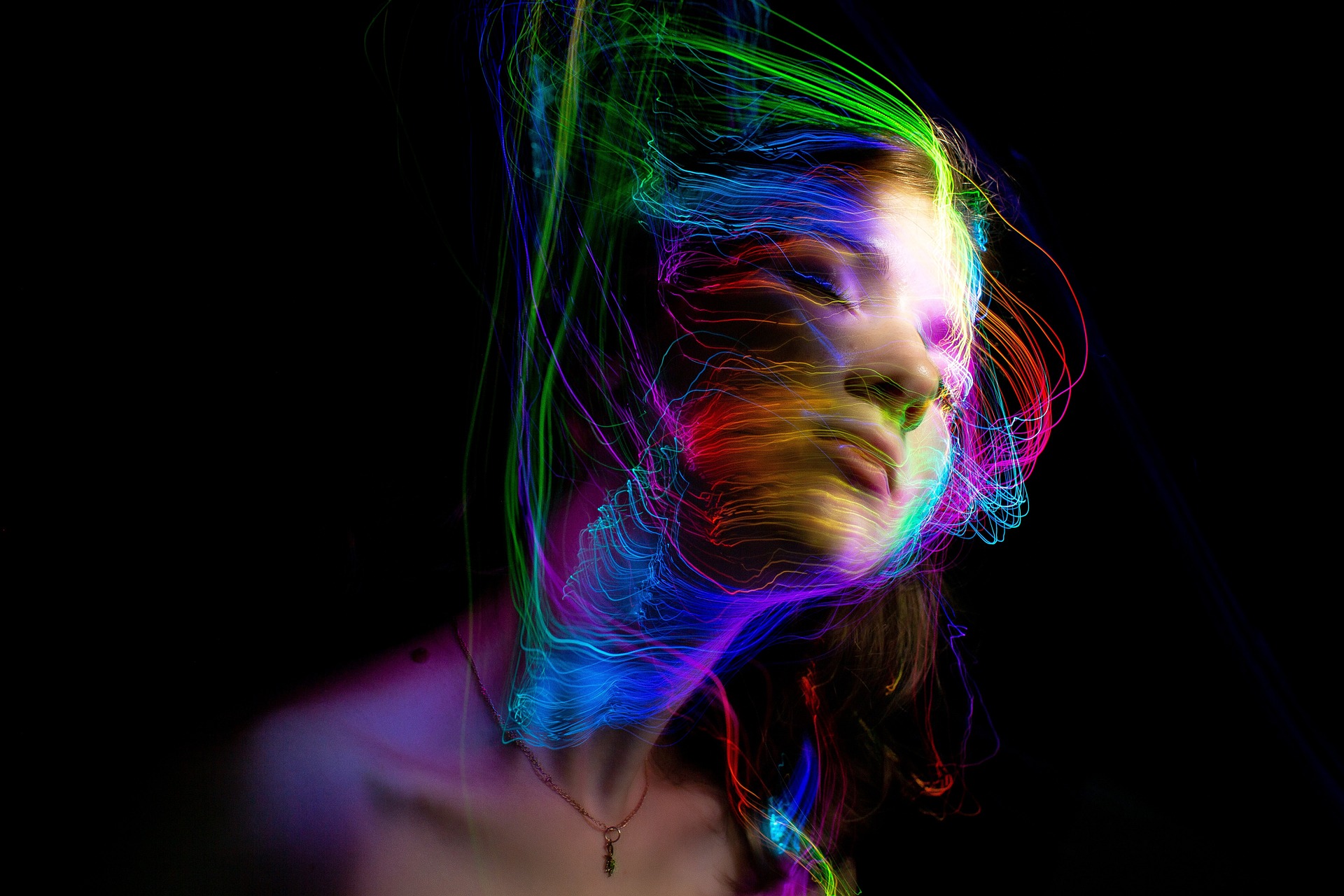A New Dawn in Film Scoring: Exploring the Surge of Electronic Music in Cinema
The cinema auditorium darkens, the screen flickers, and as the plot unfolds, a melodic rhythm begins to pulse in the background. It's a sound that's unfamiliar yet intriguing—it's the unique cadence of electronic music in film scores. This article delves into the rise of electronic music in film scoring, a recent paradigm shift in the entertainment industry that has redefined traditional notions of cinematic soundscapes.

Historical Context of Film Scoring
Film scoring, the art of creating music for motion pictures, has a rich history. From the orchestral scores of the Golden Age of Hollywood to jazz-infused soundtracks of the 70s, film music has continuously evolved, reflecting societal changes and advancements in technology. The introduction of synthesizers in the late 20th century marked a significant turning point, paving the way for the use of electronic music in cinema.
The Advent of Electronic Music in Cinema
In the early years, electronic music was predominantly used in science fiction films to evoke a sense of otherworldliness. However, the last decade has seen an exponential increase in the use of electronic music across a wide range of genres. This shift has been driven by a new generation of film composers looking to push the boundaries of traditional film scoring. They are using synthesizers, drum machines, and digital audio workstations to create innovative sonic landscapes that enhance the cinematic experience.
Contemporary Examples and Industry Reception
Recent years have seen successful films employ electronic music in their scores, to critical acclaim. The hauntingly beautiful score for “Drive” by Cliff Martinez and the pulsating soundscapes of “Blade Runner 2049” by Hans Zimmer and Benjamin Wallfisch are prime examples of this trend. Critics and audiences alike have lauded these scores for their ability to elevate the narrative, lending an additional layer of emotion and tension to the films.
Impact and Significance of Electronic Music in Film Scoring
The use of electronic music in film scoring has revolutionized the way we experience movies, creating a fresh and immersive audiovisual experience. It has expanded the palette of sounds available to composers, allowing for the creation of unique and imaginative scores. Furthermore, it has democratized the field of film scoring, as electronic music production tools are often more accessible and affordable than traditional orchestral instruments.
The Future of Electronic Music in Film Scoring
The surge of electronic music in film scoring is not just a passing fad—it’s a seismic shift that signals a new era in cinema. With advancements in technology and a growing acceptance of non-traditional music in films, the use of electronic music in film scoring is set to continue. As we look to the future, one thing is clear: the soundscape of cinema will continue to evolve, reflecting the ever-changing landscape of our society.
In conclusion, the rise of electronic music in film scoring is a fascinating development in the entertainment industry. It encapsulates the spirit of innovation, the courage to break norms, and the endless pursuit of artistic expression. With its unique sound and the potential to create immersive cinema experiences, electronic music has indeed found its rightful place in the world of film scoring.




